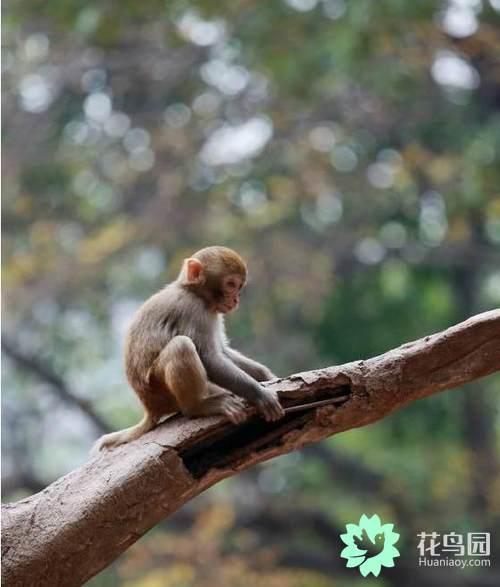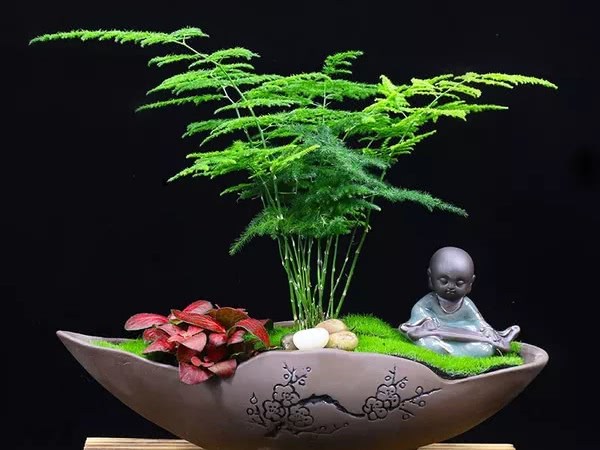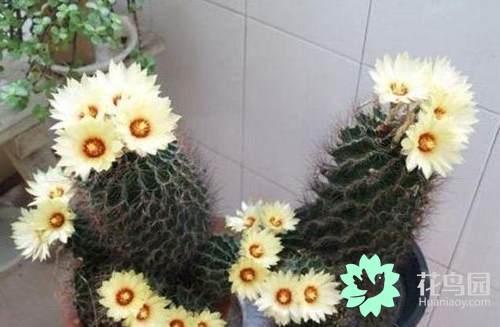It turns out that plants also have blood types.

We all know that people have blood types, and the common human blood types are A, B, O and AB. Animals also have blood types, but they are different from humans. according to zoologists, monkeys and orangutans also have the same four blood types as humans; mice have two blood types An and B; herbivores such as horses and cattle have the most type O, followed by An and B; carnivores such as lions, tigers, leopards and wolves have A, B and O blood groups; snakes have An and B blood types; frogs have A, B and AB blood types.
It is not surprising that people and animals have blood types, but plants also have blood types, which is little known. If someone asks you, do plants have blood types? You must find it strange to say that people and animals have blood types because they have blood, but plants don't even have blood, so where does it come from?
The so-called "blood" of plants refers to the body fluids (nutrient fluids) of plants. The "blood type" of plants is actually determined by the differences in the outer membrane structure of certain cells in body fluids. What people call "plant blood type" is just a popular way of saying. Exactly or scientifically, it should be "plant humoral type". Studies have confirmed that the "humoral type" in plants is a kind of protein or polysaccharide chain with sugar group, or lectins. The glycosyl groups of some plants happen to be similar to those of human blood groups. Different blood type sugars determine different blood types.
In an accidental incident, when Shigeru Yamamoto, a medical examiner at the Japanese Police Research Institute, was investigating a murder, he found a weak AB blood group reaction on a pillow with no blood. In order to find out the truth, he tested the buckwheat skin in the pillow, and the results were very surprising. The buckwheat skin showed the characteristics of AB blood group. The unexpected discovery inspired Shigeru Yamamoto, who tested the seeds of 150 vegetables and more than 500 plants and found that there were more than 60 blood types, half of which were type O, the rest were type B and AB, but no type A.
Botanists found that the blood type of kelp, apple, pumpkin and pepper was O, while that of plum and peach was AB, and that of potato and barley could not be detected. Experts believe that plants have blood type because there is a blood group substance with sugar chain in the plant, which is similar to human blood type.
In addition, the blood group substances of plants seem to be responsible for protecting plants because of their high viscosity. The determination of plant blood group not only provides a new idea for plant serum classification, cell fusion and variety hybridization, but also becomes a key to the process of biological evolution.
Various signs show that our human and biological life have many commonalities and are interrelated to form a biological chain of nature. Therefore, it is the common responsibility of all mankind to care for life and environmental protection.
- Prev

If I had known that asparagus was so cultivated, how could it have yellow leaves?
Today I will tell you about asparagus yellow leaves! Anyone who raises asparagus knows that the most distressing thing is that it is prone to yellow leaves! But asparagus yellow leaf has two kinds: first, the whole leaf is light yellow, not emerald green asparagus appears this kind of yellow leaf, has two reasons: 1, pendulum.
- Next

Common potted cactus master these five points can make it crazy flowering
Abstract: Cactus should be a plant that we all know, we also heard that cactus should bring us special good maintenance, many people will choose to plant it at home, because placed next to the computer can effectively suck...
Related
- Wuhan Hospital Iron Tree Blooming Result Was Instantly Frightened by the Gardener Master
- Which variety of camellia is the most fragrant and best? Which one do you like best?
- What is the small blue coat, the breeding methods and matters needing attention of the succulent plant
- Dormancy time and maintenance management of succulent plants during dormancy
- Minas succulent how to raise, Minas succulent plant pictures
- What are the varieties of winter succulent plants
- How to raise succulent plants in twelve rolls? let's take a look at some experience of breeding twelve rolls.
- Attention should be paid to water control for succulent plants during dormant period (winter and summer)
- Watering experience of twelve rolls of succulent plants
- Techniques for fertilizing succulent plants. An article will let you know how to fertilize succulent plants.

